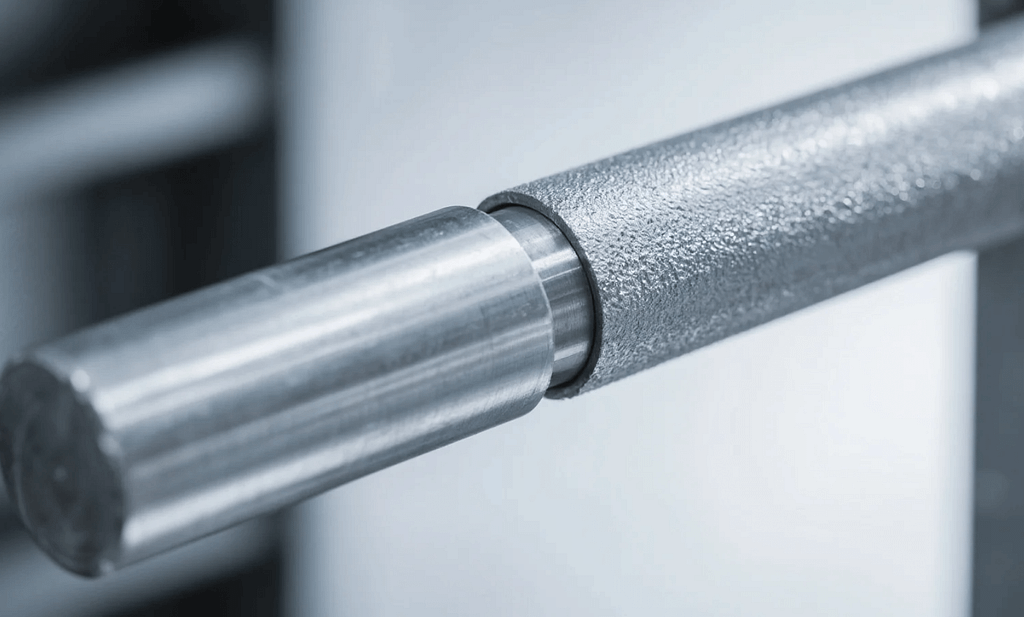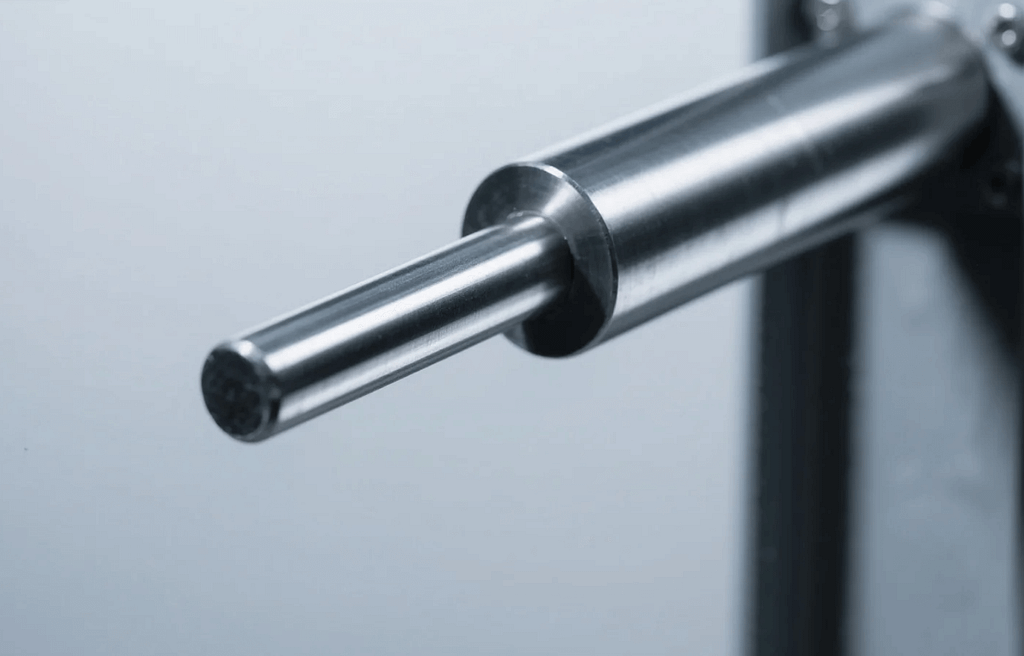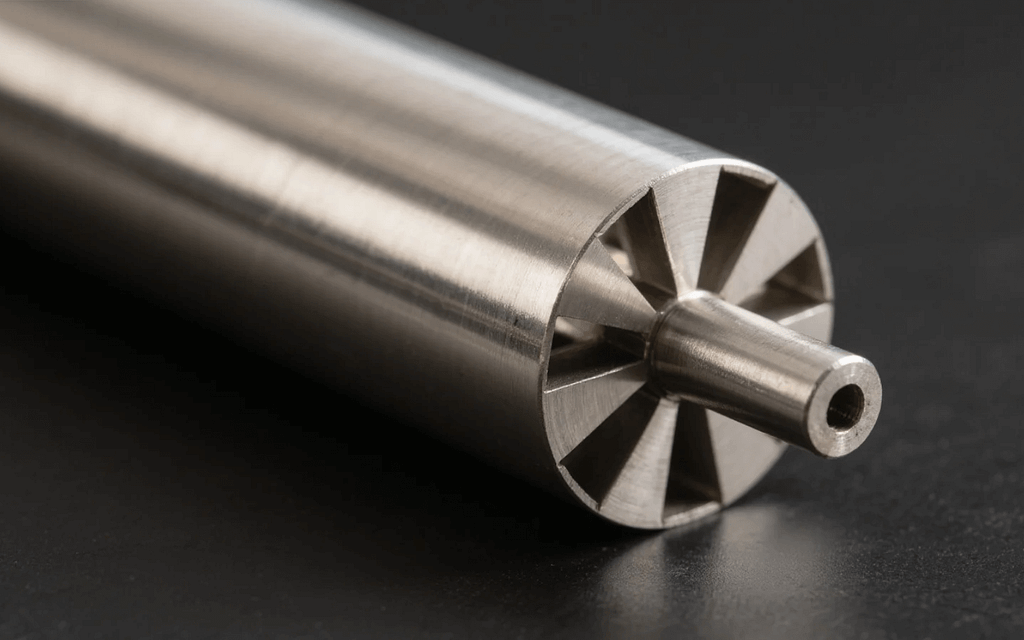The quest for longevity and efficiency in industrial infrastructure is ceaseless, particularly within the demanding realm of precision manufacturing. Consequently, every component, no matter how seemingly minor, warrants meticulous attention to detail. This principle holds remarkably true for the humble, yet indispensable, anode rod. Often associated with domestic water heaters, its function in advanced industrial and commercial systems—especially those requiring high-calibre corrosion protection and electrochemical processes—is elevated to a matter of engineering precision. This article aims to explore the pivotal role of the anode rod within the precision manufacturing landscape, providing substantial insight for service product users who rely on the integrity of their sophisticated systems.
The Essential Science Behind the Anode Rod

To appreciate the significance of precision in an anode rod, a fundamental understanding of its purpose is necessary. In essence, an anode rod is the core component of a cathodic protection system, a technique employed to control the corrosion of a metal surface by making it the cathode of an electrochemical cell. This protective mechanism is vital in environments where metal structures are constantly exposed to electrolytes, such as water—whether in storage tanks, piping, or industrial plating baths.
Historically, the sacrificial anode rod—typically made of metals like magnesium, zinc, or aluminum—is purposefully designed to corrode more readily than the structure it is connected to. In this galvanic pairing, the more electrochemically active rod sacrifices its material, thereby ensuring the structural integrity of the main asset. Subsequently, the lifespan of the protected equipment, from massive storage tanks to complex processing equipment, is significantly extended. However, as industrial demands have escalated, requiring greater reliability and less downtime, newer technologies have emerged.
Precision-Engineered Anode Rods in Cathodic Protection

In a high-stakes environment like precision manufacturing, where equipment downtime can lead to substantial financial losses and compromise quality, standard sacrificial anodes are frequently superseded by advanced, precision-engineered solutions.
The Rise of Impressed Current Systems (ICCP)
One notable advancement is the powered, or impressed current, anode rod system. Unlike its sacrificial counterpart, a powered system utilizes an external power source to drive a current to an inert anode—often composed of materials like titanium coated with mixed metal oxides (MMO). Consequently, this non-sacrificial anode does not deplete significantly, offering superior, long-term protection. This transition from a consumable part to a highly durable electrode demands exceptional precision in manufacturing.
The precision lies not only in the selection and coating of the titanium substrate but also in the meticulous control systems that manage the current output. An over-engineered or under-engineered system could either over-protect (wasting energy and potentially damaging coatings) or under-protect (leading to costly corrosion). Therefore, the manufacturing of these specialized rods and their associated control hardware must adhere to the tightest tolerances, guaranteeing the consistent, adaptive current flow necessary for optimal protection in large-scale industrial water systems.
Anode Rod Application in Electroplating and Surface Treatment
Beyond basic corrosion control, the anode rod plays a fundamentally different, yet equally critical, role in specialized processes integral to precision manufacturing: electroplating and surface finishing. These treatments are essential for numerous components used in the automotive, aerospace, and electronics sectors—all industries where component integrity is paramount.
In an electroplating bath, the anode rod is the source of the metal that is deposited onto the cathode (the workpiece). For instance, in zinc plating, a zinc anode rod dissolves to replenish the zinc ions in the solution, which then form a uniform, corrosion-resistant coating on the manufactured part.
The Manufacturing Imperative for Quality Finishing
The quality of the finished product—its thickness, adhesion, uniformity, and purity—is directly tied to the consistency and purity of the anode rod itself. Precision manufacturers of anodes must ensure:
- Material Purity: Contaminants in the anode material can lead to defects, pitting, or reduced corrosion resistance in the plated layer.
- Dimensional Uniformity: The rod’s shape and size impact the current density distribution within the plating bath. Precision machining ensures optimal geometry, which in turn facilitates an even deposition of the metal coating across complex component geometries.
- Controlled Dissolution: Consistent dissolution properties are vital for maintaining the chemical balance of the electrolyte. Precision casting and material alloying guarantee predictable performance throughout the anode’s lifecycle.
Consequently, for services like ours at Captec Precision, which offer advanced metalwork engineering and finishing, the reliability of a high-quality anode rod is not negotiable. It directly influences our ability to deliver components that meet stringent industry standards for corrosion resistance and aesthetic appeal.
The Value Proposition for Precision Manufacturing Users

For users of precision manufacturing services, understanding the technology behind the scenes, such as the quality of the anode rod technology, translates directly into business value.
1. Maximized Equipment Lifespan and ROI: By employing precision-manufactured, often powered, anode rods in industrial water systems, manufacturers can dramatically extend the operational life of expensive assets like storage tanks, boilers, and heat exchangers. This reduction in the capital expenditure cycle is a clear competitive advantage.
2. Consistent Product Quality: In electroplating, a consistently high-purity anode rod ensures that every component processed—from medical device enclosures to aerospace fittings—receives a defect-free, protective coating. This repeatability is a cornerstone of quality management in precision industries.
3. Reduced Maintenance and Downtime: The transition to long-lasting or non-sacrificial anode rod systems means less frequent monitoring and replacement cycles. Minimizing human intervention reduces labor costs and, more importantly, prevents costly, unscheduled process shutdowns.
The adoption of precision-engineered anode rods is more than just a maintenance strategy; it is a strategic investment in the long-term reliability and efficiency of high-value industrial operations. Our commitment at Captec Precision is to integrate such meticulous attention to detail across all our services, ensuring that even the most critical supporting components enhance the overall integrity of your final product.
Fostering Sustainable and Responsible Engineering
Modern precision manufacturing must also align with values of sustainability and environmental responsibility. Zinc and magnesium sacrificial anode rods, while effective, are consumed and require disposal. In contrast, advanced systems featuring inert, titanium-based anode rods inherently offer a more sustainable solution due to their extended lifespan and significantly reduced material waste. Furthermore, the efficiency gains from precise current control in ICCP systems lead to lower energy consumption compared to the passive, often over-designed, nature of traditional sacrificial systems. The responsible application of sophisticated corrosion control technology, therefore, represents a commitment to both operational excellence and a greener future.
Frequently Asked Questions (FAQ)
Q: What is the main difference between a sacrificial and a powered anode rod? A: A sacrificial anode rod (magnesium, zinc, aluminum) is consumed over time as it corrodes preferentially to protect the main tank or structure. A powered anode rod (often titanium with MMO coating) uses an external electrical current to provide continuous, long-lasting corrosion protection without being consumed itself, requiring far less maintenance and offering a much longer lifespan.
Q: Why is material purity so critical for anode rods used in industrial electroplating? A: In electroplating, the anode rod is the source of the metal that plates onto the component. Impurities in the anode material can dissolve into the plating bath, leading to defects, poor adhesion, and reduced corrosion resistance in the final plated surface, compromising the integrity of the precision-manufactured part.
Q: How does Captec Precision ensure the longevity of components against corrosion? A: Our commitment to component longevity includes the meticulous application of surface treatment and finishing processes, such as electroplating, where high-purity anode rod technology is utilized to guarantee uniform and robust protective coatings. Additionally, we integrate advanced manufacturing and engineering best practices to ensure all components are designed for maximum durability.